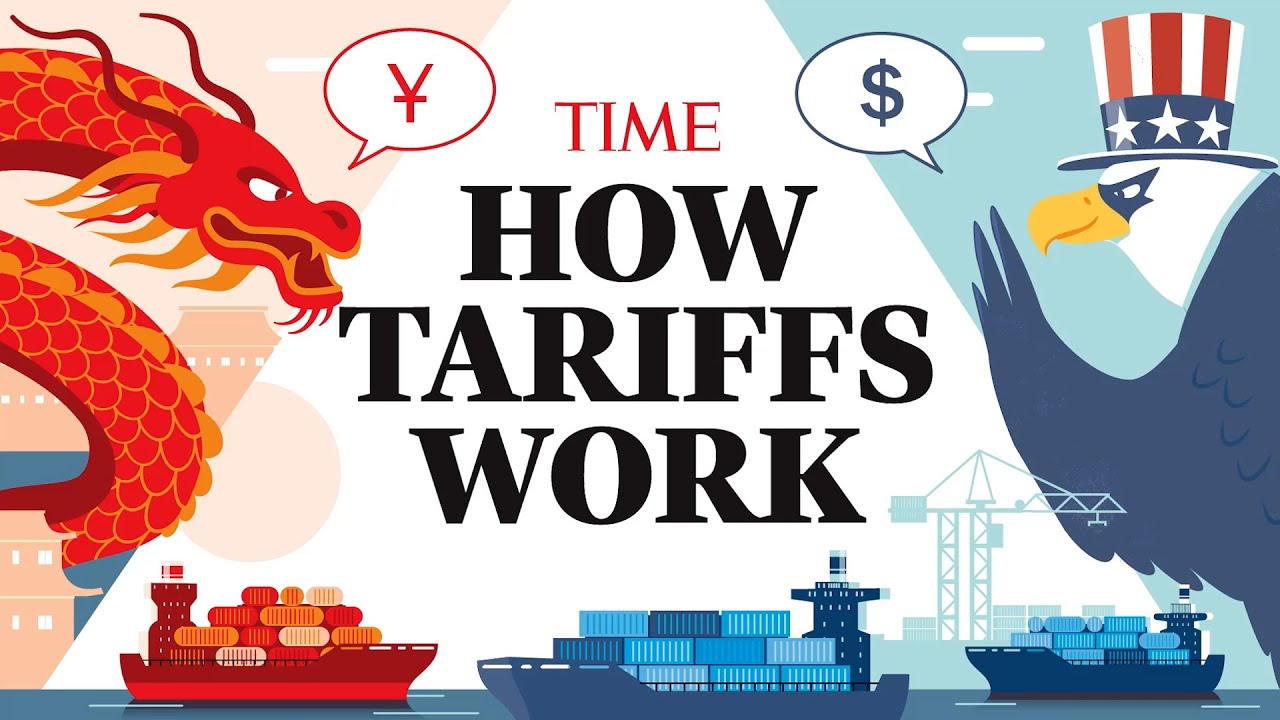
The recent terrorist attack in Pahalgam, Kashmir, has sent shockwaves across South Asia, bringing back long-standing enmity between nuclear-armed neighbors India Pakistan War. With military battles, diplomatic expulsions, and threats of more escalation dominating the news, the situation remains unstable as of April 30, 2025. Examining the most recent events, border tensions, and the possibility for war, this blog offers a thorough analysis of the developing crisis.
Following the terrible terrorist assault in Pahalgam, Jammu and Kashmir, on April 22, which claimed the lives of 26 people, mostly Indian tourists, India and Pakistan find themselves on the verge of a major military conflict as of April 30, 2025.
The Pahalgam Attack: Catalyst for Escalation
Four militants opened fire on a group of tourists in the Baisaran meadow near Pahalgam, killing 26 and wounding many more. Zipping across the region, a visitor accidentally recorded video of the assault, therefore emphasising its abruptness and savagery.
A branch of the Lashkar-e-Taiba group based in Pakistan, the Resistance Front (TRF) claimed responsibility for the assault. India has charged Pakistan with aiding cross-border terrorism; Pakistan refutes this and demands an impartial probe into the event.
1. The Trigger: The Pahalgam Terror Attack
On April 22, 2025, armed militants ambushed tourists in the scenic Baisaran Valley near Pahalgam, killing 26 people—mostly Hindu pilgrims—and injuring over 20 others. The attack, the deadliest on civilians in Kashmir since 2008, was initially claimed by The Resistance Front (TRF), an offshoot of the Pakistan-based Lashkar-e-Taiba (LeT).
India swiftly blamed Pakistan for sponsoring the attack, leading to a rapid deterioration in bilateral relations. Islamabad, however, denied involvement and called for a neutral international investigation.
2. Diplomatic Fallout: A Breakdown of Key Agreements
India responded with unprecedented diplomatic and economic measures, including:
- Suspending the Indus Waters Treaty (IWT) (first time since 1960), threatening Pakistan’s water security.
- Removing its own diplomats from Islamabad and expelling Pakistani ones.
- Revoking visas for Pakistani nationals and closing border crossings.
Pakistan retaliated by:
- Closing its airspace to Indian flights, disrupting international travel.
- Suspending the Simla Agreement (1972), which had previously regulated bilateral relations.
- Expelling Indian diplomats and cutting off all trade ties.
The UN and U.S. have urged restraint, but global powers remain largely distracted by other crises, leaving the region on edge.
3. Military Escalation: Skirmishes Along the LoC
Since April 24, India Pakistan war have engaged in repeated cross-border firing along the Line of Control (LoC) in Kashmir. Key incidents include:
- Small arms firefights that occur every night, during which both sides blame the other for starting the conflict.
- Pakistan shooting down two Indian drones in the Satwal and Bhimber sectors.
- An Indian Border Security Force (BSF) soldier captured after allegedly crossing into Pakistan unintentionally; negotiations for his release are ongoing.
Pakistan Claims an Indian Attack is “Imminent”
On April 28, Pakistan’s Defense Minister Khawaja Asif warned that India was preparing for a military strike within 36 hours. This followed PM Modi’s security meeting, where he reportedly granted the military “complete operational freedom” to retaliate.
4. Domestic Crackdown in Kashmir
While tensions flare at the border, India has intensified counterinsurgency operations in Kashmir:
- Over 1,500 people detained in sweeping raids.
- Homes of suspected militants demolished using explosives—a controversial tactic condemned as collective punishment.
- Tourist sites shut down amid security fears, dealing a blow to Kashmir’s economy.
Critics argue that Modi’s hardline policies—including the 2019 revocation of Kashmir’s autonomy—have fueled resentment rather than stability.
5. The Risk of War: Nuclear Deterrence and Global Concerns
Both nations possess nuclear arsenals, making any large-scale conflict catastrophic. Key concerns:
- India’s suspension of the IWT could be seen as an act of war by Pakistan, which relies on the treaty for 80% of its water supply.
- Pakistan’s threat to abandon the Simla Agreement raises fears of territorial disputes reigniting.
- U.S., UN, and China have called for de-escalation, but diplomatic channels remain strained.
Experts warn that while both sides may seek limited strikes (similar to India’s 2019 Balakot airstrike), the risk of unintended escalation is high.
Diplomatic Fallout and Retaliatory Measures
In response to the attack, India has taken several significant steps:
- Suspension of the Indus Waters Treaty: India has suspended the long-standing water-sharing agreement with Pakistan, citing Pakistan’s alleged support for terrorism.
- Visa and Diplomatic Restrictions: India has halted visa services for Pakistani nationals, expelled Pakistani diplomats, and closed the Attari–Wagah border, effectively cutting off overland trade.
Pakistan took action through the implementation of an assortment of countermeasures.
- Suspension of the Shimla Agreement: Pakistan has suspended the 1972 agreement that emphasized peaceful resolution of disputes.
- Airspace and Trade Restrictions: Pakistan has closed its airspace to Indian aircraft and halted all trade with India.
Military Posturing and Border Tensions
Both nations have increased military activities along the Line of Control (LoC):
- India’s Military Exercises: The Indian Air Force has conducted ‘Exercise Aakraman’, involving Rafale and Su-30MKI fighter jets, to enhance operational readiness.
- Cross-Border Skirmishes: There have been reports of intensified cross-border firing, resulting in casualties on both sides.
International Reactions and Calls for Restraint
The international community has expressed concern over the escalating tensions:
- United Nations: The UN has urged both countries to exercise maximum restraint and resolve issues diplomatically.
- United States: The U.S. has updated its travel advisory, issuing a Level 4 “Do Not Travel” warning for India’s Jammu and Kashmir, citing high risks of terrorism and civil unrest.
- Other Nations: Countries like Iran and China have called for de-escalation and offered to mediate between the two nations.
The situation between India Pakistan war remains highly volatile, with both nations taking aggressive diplomatic and military stances following the Pahalgam attack. The international community continues to monitor the developments closely, advocating for peaceful resolution to prevent further escalation.
Conclusion: Will the Crisis Spiral into War?
As of today (April 30, 2025), the situation remains highly volatile:
- Diplomatic ties are severed, with no dialogue in sight.
- Military posturing continues, with both armies on high alert.
- Domestic pressures in India (elections, public outrage) and Pakistan (economic instability) could push leaders toward confrontation.
The coming 48 hours will be critical. If India launches a military strike, Pakistan has vowed “catastrophic consequences”. The Global Market world watches anxiously, hoping for restraint—but with trust at an all-time low, the specter of war looms larger than ever.
The situation between India Pakistan war remains highly volatile, with both nations taking aggressive diplomatic and military stances following the Pahalgam attack. The international community continues to monitor the developments closely, advocating for peaceful resolution to prevent further escalation.





